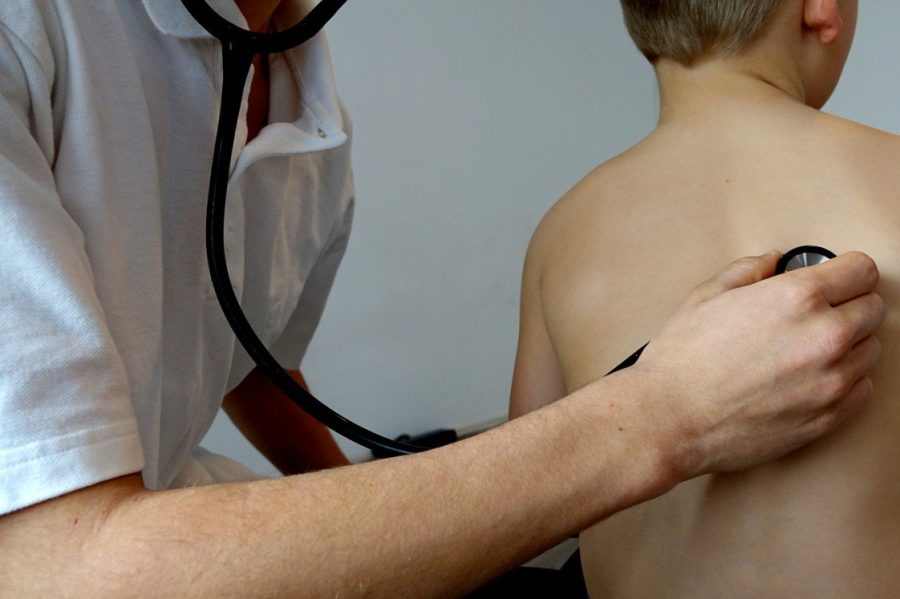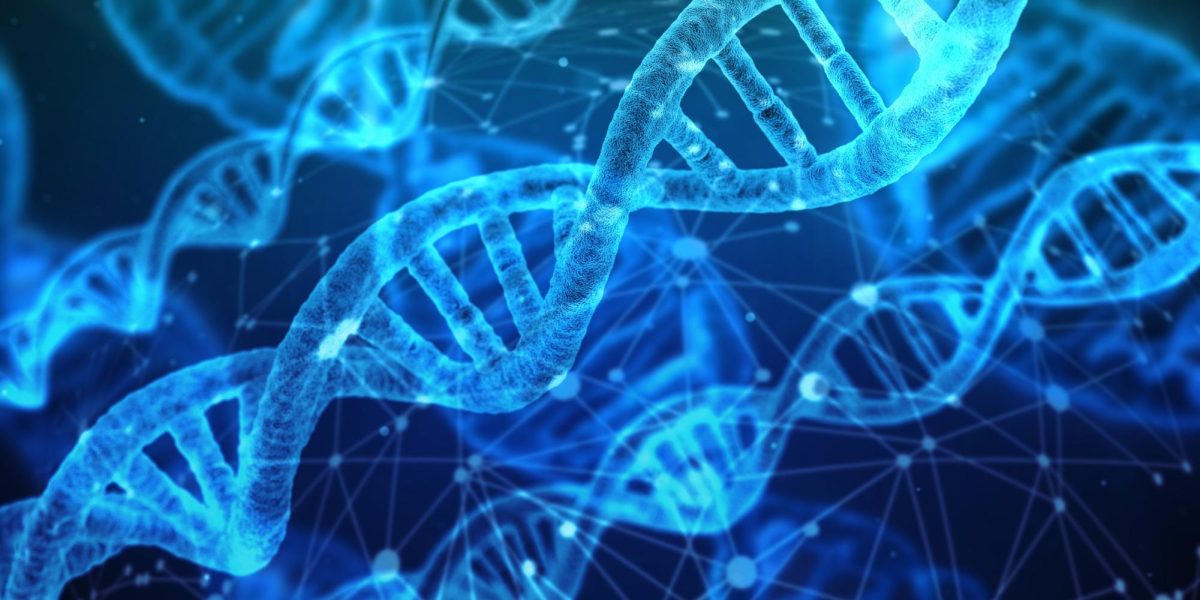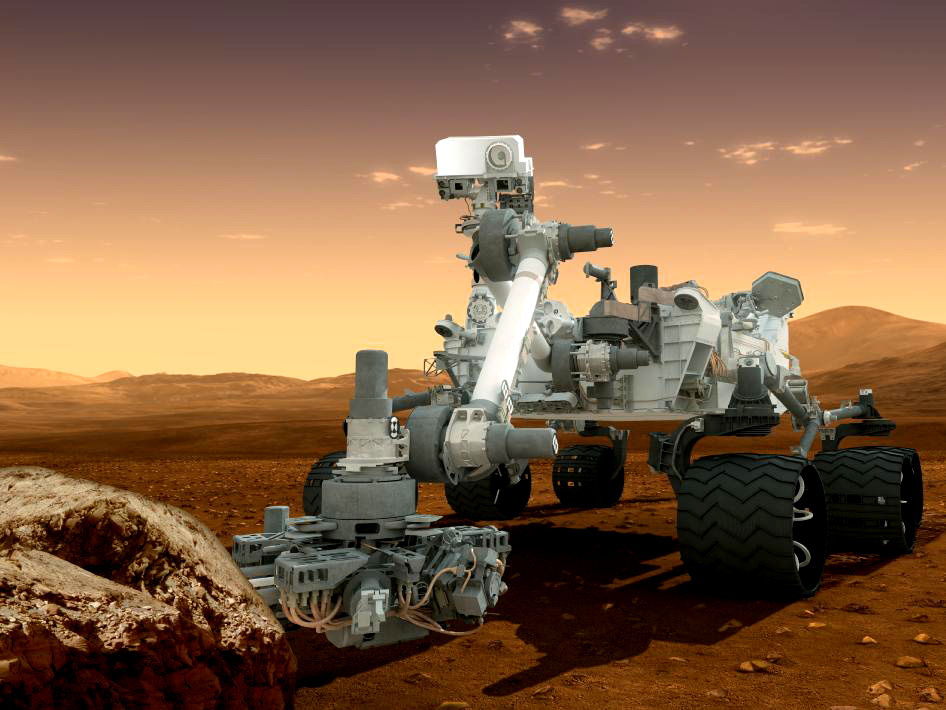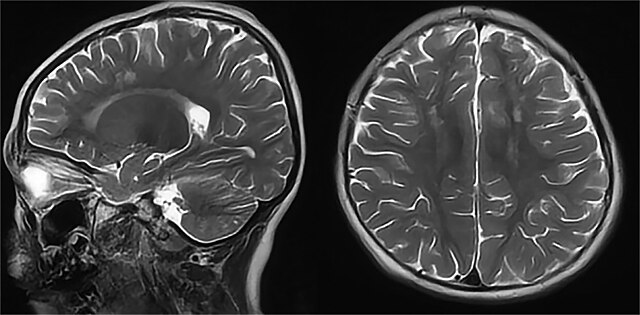A breakthrough in artificial intelligence history was made when the chess-playing supercomputer Deep Blue beat world champion chess player Garry Kasparov in a six-game match in 1997.
Ever since then, humans have marveled as their robot companions bested them at simple tasks such as quickly solving the Rubik’s Cube, creating music, art and even understanding law. Now, the new frontier to AI technology is the diagnosis of illnesses.
AI developed at the University of California, San Diego, was capable of diagnosing illnesses in individuals under 18 to a degree of 90 to 97 percent accuracy. While the AI falters in performance when compared with senior doctors, the new technology could greatly assist doctors in the diagnosis of illnesses.
Kang Zhang and his colleagues from the university collected data from over 1.3 million patients from a hospital in Guangzhou, China, and trained the AI in identifying patterns in symptoms to accurately diagnose what ailment the patient was suffering from.
However, the AI’s performance was not perfect. While it was capable of diagnosing diseases like glandular fever, roseola and influenza, the AI had 3 to 10 percent room for error. The AI was also being given an easier amount of medical data, as the information was all from January 2016 to January 2017 for patients under the age of 18. Zhang and his team are currently training the AI to process information from adult patients, too.
While the development of AI is exciting and is also a new frontier of science, there is a growing concern regarding programs and machines taking jobs from humans. Examples of this are tollbooths and cashier jobs largely being replaced by automated machines.
However, AI has yet to completely take over, as many jobs still require a “human touch.” Chris Russell from the Alan Turing Institute in London reassures in New Scientist that this development in medical diagnosis technology won’t allow patients to completely bypass doctors and trained professionals. When tested against 20 pediatricians, the AI did better than junior doctors, but senior doctors outperformed the machine.
Russell continues by discussing that a doctor needs to be present not only to input symptoms into the machine and to explain things to the patient, but for the patient “to feel like there’s someone there who cares about you.”
There also lies some concern that heavy dependence on AI diagnosis may hinder junior doctors from gaining essential experience and knowledge in the subtler nuances of detecting patterns in patient complaints. However, Zhang is optimistic in the future applications of the AI as it could serve to alleviate the stress for emergency hospitals. By being able to quickly diagnose symptoms and identifying whether a type of pain is a serious issue or not, it could prevent patients who require immediate attention from waiting hours in a crowded hospital.








